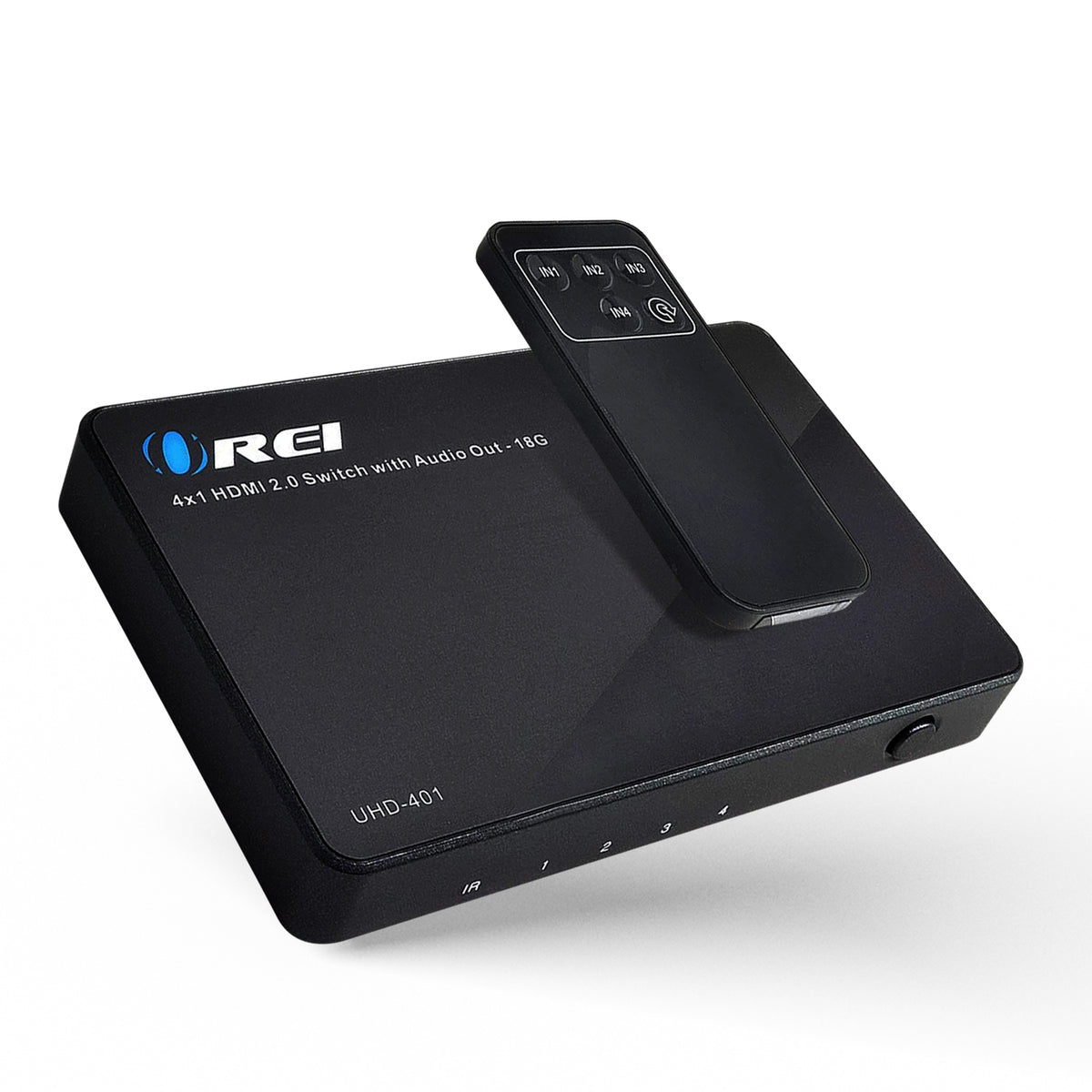I actually might have a use/need for this!
For a while now, I've been trying to find a solution to allow me to feed an audio signal to my wireless headphones...for my TV setup.
The challenge has been that my headphone transmitter only has analog inputs.
As I found out afterwards, any of the various HDMI audio extractor devices I tried don't decode DD+ (requires licensing $$).
So for now, I've just had to bypass the headphone transmitter and pair the headphones directly with the TV...but then I see significant audio delay issues which is annoying. (The headphones and transmitter support aptX low-latency, which the TV does not, and is something I specifically looked for when choosing a wireless headphone setup)
From what I see with this device, it SAYS that it's able to decode DD+ and give me a 2ch LPCM output, which is what I need. Might have to give this thing a try.
For a while now, I've been trying to find a solution to allow me to feed an audio signal to my wireless headphones...for my TV setup.
The challenge has been that my headphone transmitter only has analog inputs.
As I found out afterwards, any of the various HDMI audio extractor devices I tried don't decode DD+ (requires licensing $$).
So for now, I've just had to bypass the headphone transmitter and pair the headphones directly with the TV...but then I see significant audio delay issues which is annoying. (The headphones and transmitter support aptX low-latency, which the TV does not, and is something I specifically looked for when choosing a wireless headphone setup)
From what I see with this device, it SAYS that it's able to decode DD+ and give me a 2ch LPCM output, which is what I need. Might have to give this thing a try.

